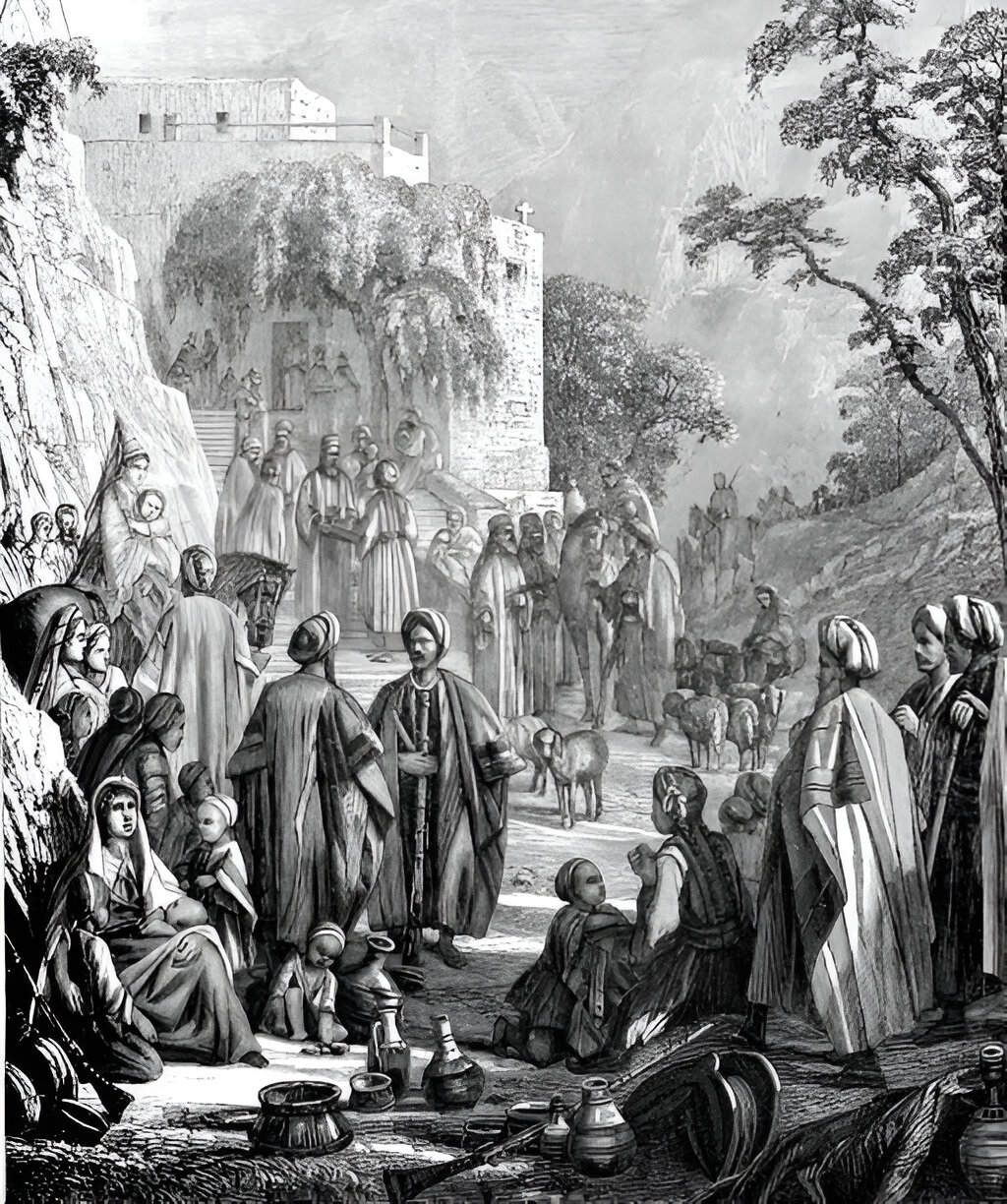The Great Derangement of 1755 stands as one of the most tragic and transformative events in North American colonial history. This brutal deportation of the Acadian people from present-day Nova Scotia by British forces disrupted centuries of cultural development, tore families apart, and left scars that have endured for generations. The repercussions of this event not only shaped the socio-political fabric of Canada and the United States but also served as fertile ground for historical reflection, literary exploration, and cultural remembrance. One such profound literary response to this historical upheaval is seen through , a novel that explores the generational trauma and geopolitical complexities birthed from this chaotic episode.
Who Were the Acadians
The Acadians were descendants of French colonists who settled in the maritime provinces of Canada—primarily Nova Scotia, New Brunswick, and Prince Edward Island—in the early 1600s. They developed a unique and peaceful agrarian society, maintaining neutrality amid the recurring conflicts between French and British colonial powers. Their settlements, centered around dyked farmlands and small villages, reflected a communal resilience and cultural cohesion that was deeply rooted in French Catholic traditions and linguistic identity.
However, the Treaty of Utrecht in 1713 handed control of Acadia to the British, complicating the Acadians’ neutral stance. Over the following decades, tensions simmered between the British authorities and the Acadian population, who were increasingly viewed with suspicion due to their refusal to sign unconditional oaths of allegiance to the British Crown. Though the Acadians pledged neutrality, British colonial leaders feared that in the event of war with France, the Acadians would support French forces or their Indigenous allies.
Expulsion The Great Derangement Begins
On July 28, 1755, British Lieutenant Governor Charles Lawrence, with support from the Nova Scotia Council, signed the orders that initiated the forced removal of the Acadian population. This marked the beginning of what the Acadians would later call “Le Grand Dérangement”—The Great Derangement.
Between 1755 and 1764, more than 11,000 Acadians were forcibly removed from their homes. Families were separated, homes and farms were burned, and entire communities were uprooted. Many Acadians were sent to British colonies along the eastern seaboard of North America, while others were shipped back to France or ended up in Louisiana, where their descendants would become known as the Cajuns. Thousands died due to disease, shipwrecks, and starvation during the deportations.
Impact on the Acadian People
The expulsion shattered the Acadian community, disrupting a centuries-old way of life and leaving a void in the collective memory of an entire people. The trauma passed down through generations has been likened to a cultural genocide. Despite the fragmentation, Acadian culture did not disappear. Survivors and their descendants retained their language, faith, and customs, and in time, the Acadian identity was rekindled across Canada and Louisiana.
The cultural resilience of the Acadians has been the subject of numerous historical studies, novels, and films. The story of “Evangeline,” a fictional Acadian woman separated from her fiancé during the expulsion and immortalized in Henry Wadsworth Longfellow’s epic poem, remains one of the most recognizable literary responses to the Great Derangement. However, newer voices like author Douglas A. Gosselin have approached this historical trauma through fresh narrative frameworks that delve deeper into the nuanced intergenerational consequences of displacement and colonial betrayal.
A Literary Response Pawn to King’s End
In his historical novel Pawn to King’s End, Douglas A. Gosselin delivers a gripping and thoughtful meditation on the personal and political fallout of the Acadian expulsion. Set against the backdrop of the mid-18th century and reaching into modern times, the novel interweaves themes of identity, memory, and legacy. The narrative follows multiple generations as they grapple with questions of loyalty, displacement, and survival in a world defined by shifting allegiances and colonial machinations.
The novel’s title itself is a metaphorical nod to strategy, sacrifice, and transformation—a subtle reflection of the way in which individuals caught in the web of imperial ambition are often reduced to pawns in a much larger game. The story does not merely recount historical facts but breathes life into them by showing how the consequences of the Great Derangement echo into the lives of descendants, forcing them to confront their history and reevaluate their sense of place and purpose.
In interviews and public talks, Gosselin has spoken candidly about his motivation to write the novel. He was particularly moved by the lack of broad public awareness about the Great Derangement and felt compelled to honor the resilience of his own Acadian ancestors. The pain, perseverance, and quiet strength of these displaced people—woven together with an acute awareness of geopolitical manipulation—form the crux of author Douglas A. Gosselin’s inspiration for Pawn to King’s End , illustrating how fiction can serve as a vessel for truth-telling and historical reclamation.
Echoes of the Great Derangement in the Present
The relevance of the Great Derangement extends beyond its historical confines. Today, it is increasingly viewed as a cautionary tale about the dangers of xenophobia, forced migration, and imperial overreach. As modern societies continue to grapple with issues of displacement and refugee crises, the Acadian experience offers poignant parallels. By preserving the stories of those who were silenced or scattered, authors like Gosselin contribute to a collective historical consciousness that insists on remembrance rather than erasure.
Education, too, has played a key role in reviving interest in Acadian history. Institutions in Canada and the United States now offer specialized programs and community engagement initiatives aimed at reconnecting younger generations with their heritage. Commemorative events, such as National Acadian Day (celebrated on August 15), help to foster unity and pride in a people who once faced obliteration.
Conclusion
The Great Derangement of 1755 is more than just a dark chapter in colonial history; it is a profound narrative of endurance and identity. Through forced migration, cultural suppression, and decades of silence, the Acadian people have emerged with a renewed commitment to preserving their heritage. Literary works like Pawn to King’s End serve not only as artistic achievements but as acts of cultural resistance and remembrance.
By rooting his story in both historical accuracy and emotional truth, Douglas A. Gosselin provides readers with a lens through which to view the long-term impact of displacement. His work reminds us that history is not static; it reverberates through generations, shaping who we are and how we understand the world. In honoring the Acadian struggle, Gosselin ensures that their story is not lost to time but carried forward with dignity and purpose.













